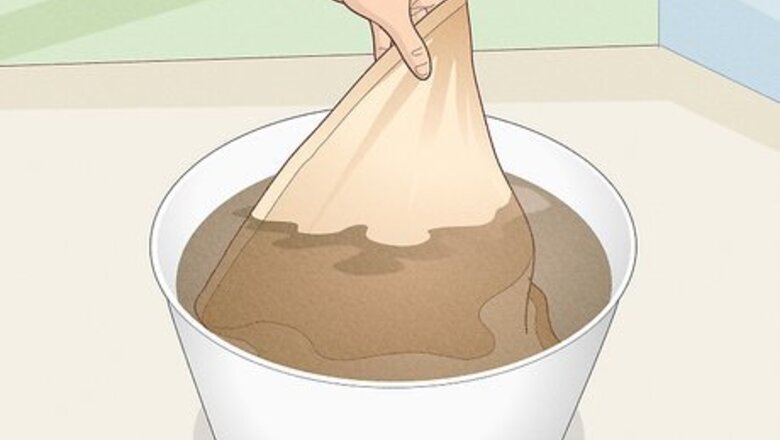
views
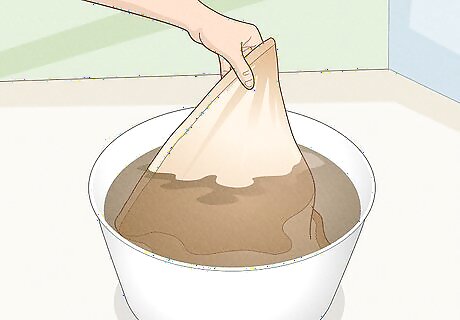
Dye your burlap by filling buckets with fabric dye and hot water. Mix in the dye until the color of the water matches your desired result. Stuff the burlap sacks into the buckets and leave them to soak overnight.
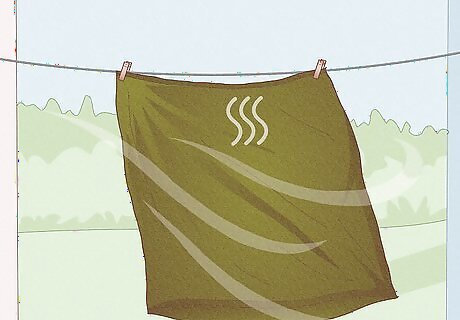
Hang your burlap sacks to dry. Make no attempt to work with wet burlap (it's miserable).
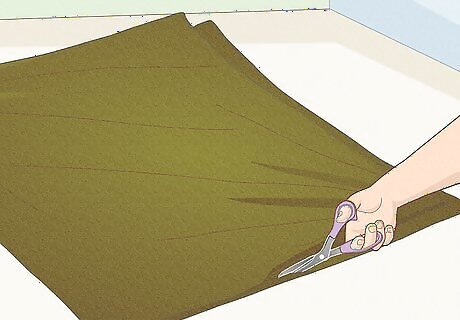
Cut off the bottom and side stitching of the burlap sack. This will produce a rectangular piece of workable material. You can either discard the cut-off stitching or save them to tie onto your ghillie suit.
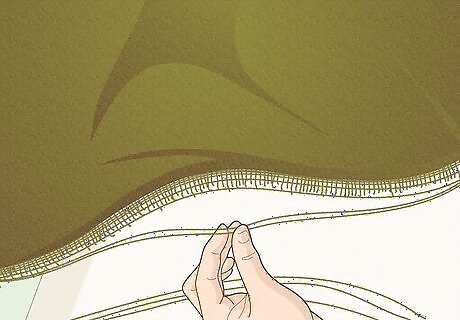
Using your fingers or a large-tooth comb, separate the individual strands of jute from the material. Keep these strands organized by length and color.
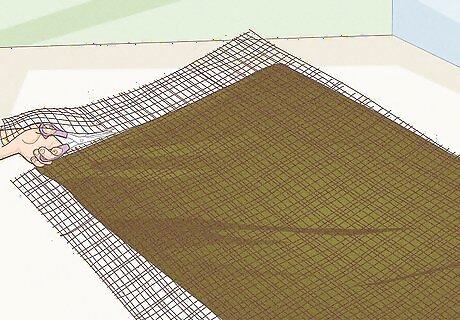
Cut your netting to the same size as the panels of fabric on your BDUs that are exposed when you're lying down. In the experience of some, the easiest way to do this is to put on your BDUs and lie on your belly while a friend or assistant drapes the netting over you, chalking over the netting where it meets the seams on your BDUs so you know where to cut it later.
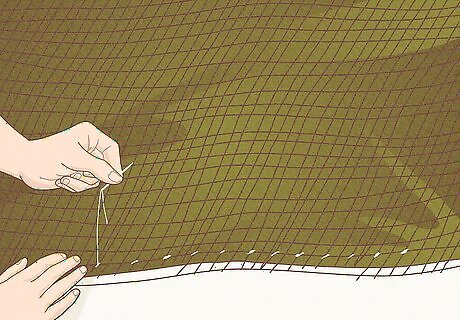
Attach your netting onto the back of your BDUs using a combination of the following; unwaxed dental floss (high tensile strength and because if no wax, it holds a knot a LOT better and does not rot like thread will over time) and ShoeGoo. You can either attach the netting with just ShoeGoo, or you can use dental floss like you would use a needle and thread and then, ShoeGoo on top/over the knots you've made w/the dental floss. Anchor the netting onto the seams of your BDUs with unwaxed dental floss every 3 inches (7.6 cm) or so, adding additional stitches in areas of high stress such as the shoulders. (keep in mind, this takes a few hours to do it right. Ideally you don't want the netting to pull up any more than an inch to 1 ⁄2 inches (3.8 cm) off your back or you will deal with a 'sagging' effect.
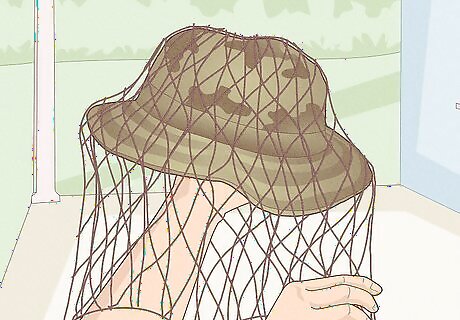
Attach a piece of 2'x4'netting onto your boonie hat or ball cap style camo hat in the same fashion. The netting should be large enough to completely cover your head and drape down below the neckline except for your face. If you want the netting to cover your face for some situations, you'll need to cut the face area in a manner that will allow you to tuck it up under your hat when you do not desire to conceal your face.
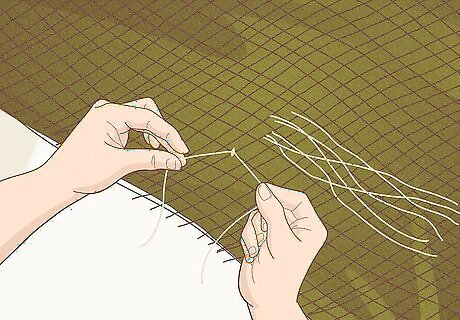
Take between 8 and 16 strands of jute of the same color at a time and tie them onto the netting using an over hand knot. You'll want to snug the knots well enough to stay, but not too tight, as you will ultimately need to add/remove burlap over time, to fit the colors of the area you're in. If the knots are too tight, removing colors that don't match your environment can be a real time consuming process. This step takes hours, but a good ghillie suit should.
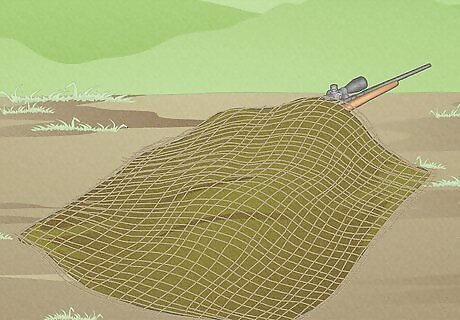
Keep in mind, you want to create a "mounding" affect that breaks up the outline of the human shape. In doing so, you will need to use enough burlap, but, this makes for a very HOT and stuffy existence in the summer months, so take care in where you put the jute/burlap and how much you use. If you use too much, you will suffer because of it, both in weight of the ghille and the heat.




















Comments
0 comment